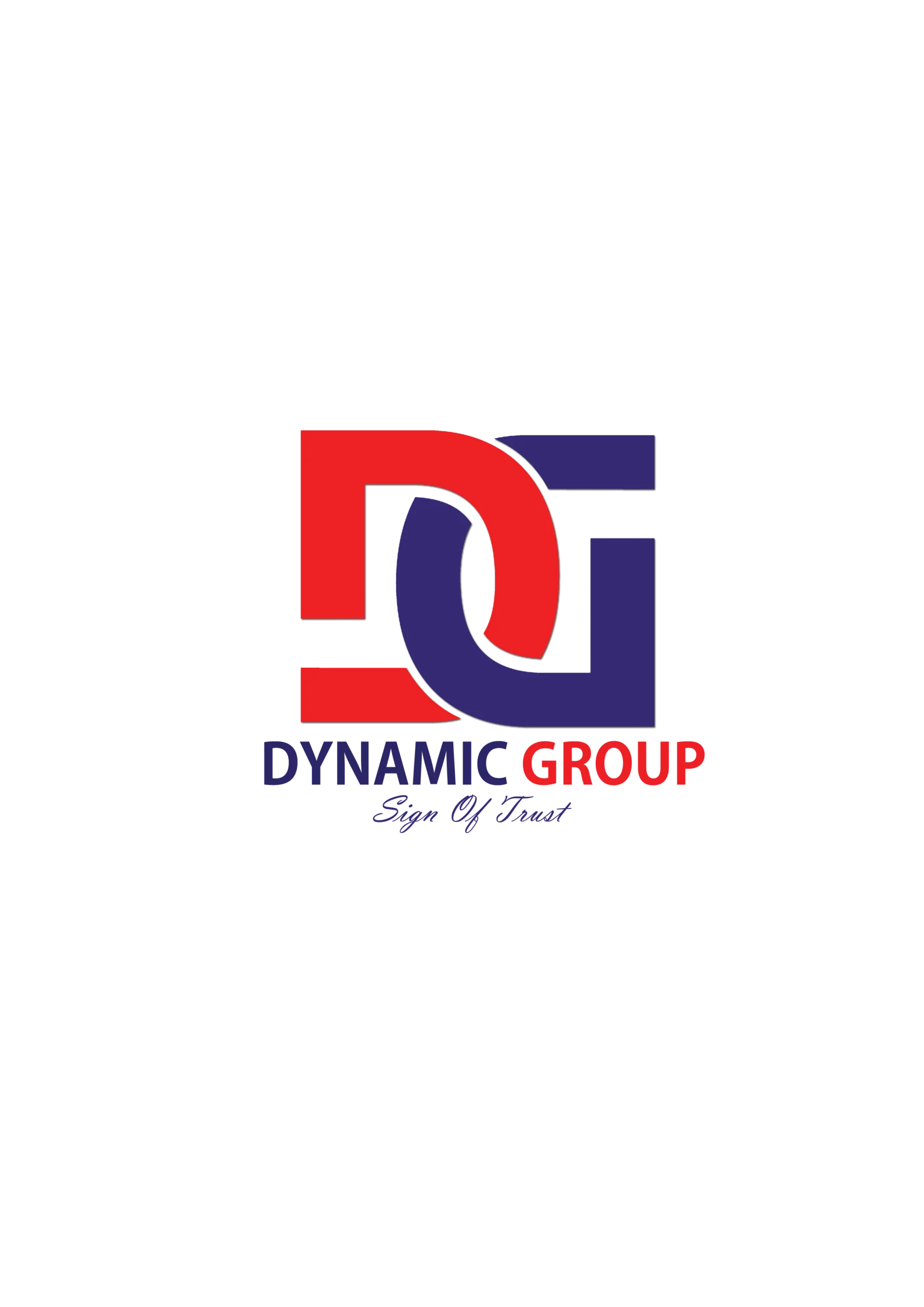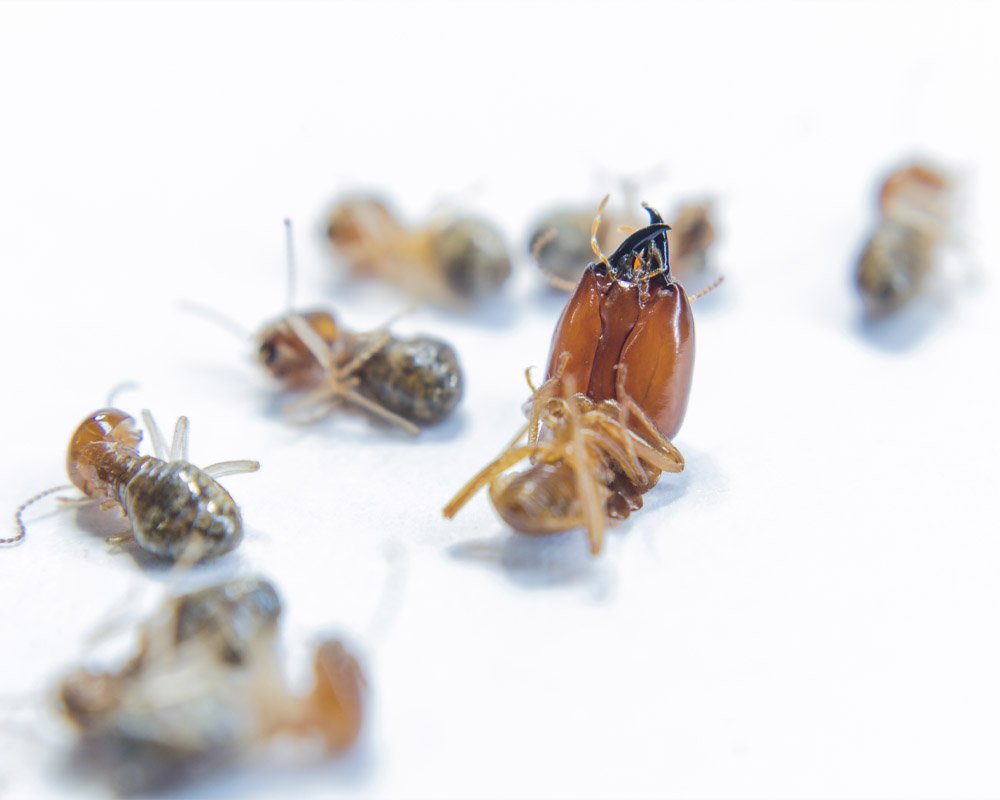Termite Control Services & Fumigation Services
DYNAMIC GROUP: Your shield against termites! Offering expert termite control services and fumigation services for lasting protection.
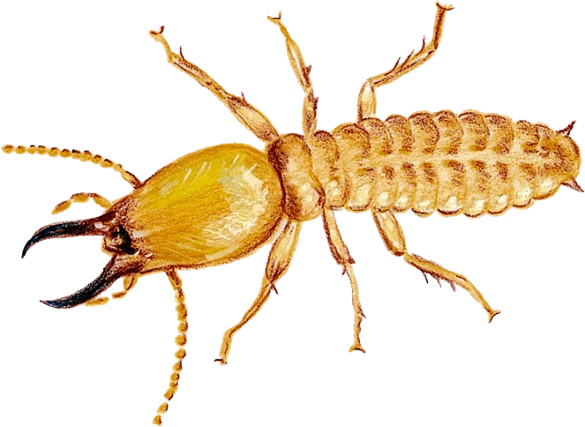
Consultation Services
With the help of our skilled termite proofing and fumigation services, protect your property against termites.
Residential Services
Use professional termite proofing and fumigation services to safeguard your house. Designed for household peace of mind, safe and efficient.
Commercial Services
Our superior commercial fumigation and termite proofing services guarantee a pest-free environment, protecting your company from expensive losses.
Secure Your House
Our Services
Get rid of termites precisely! For long-lasting pest control solutions, our comprehensive services include professional termite proofing and fumigation.
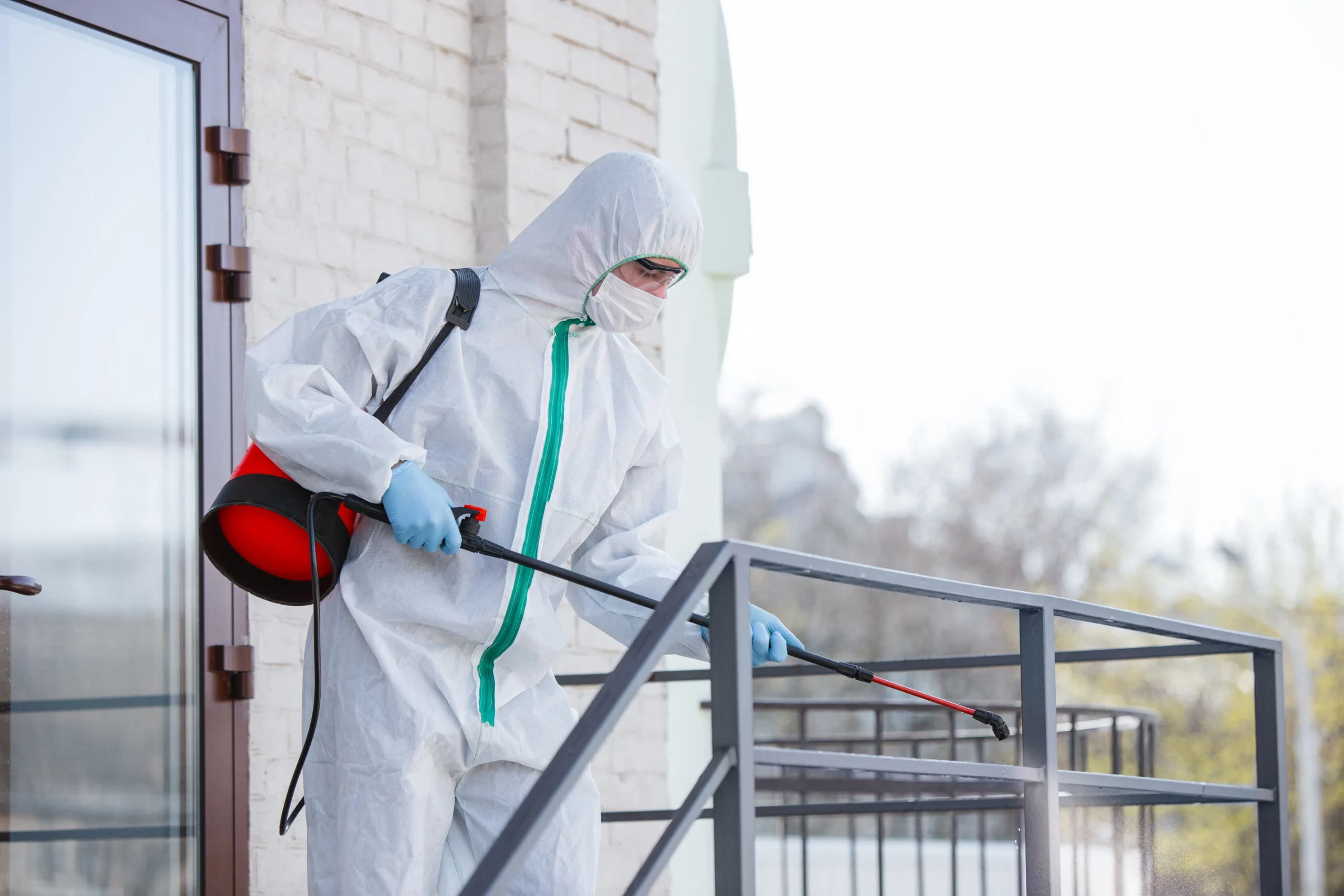
Termite & Pest Control
Termite Control Services You Can Trust: Use Our Skilled Services to Keep Your Home Safe!

Fumigation Services
Fumigation techniques that work well to keep an area pest-free. Put your trust in us for long-lasting outcomes!
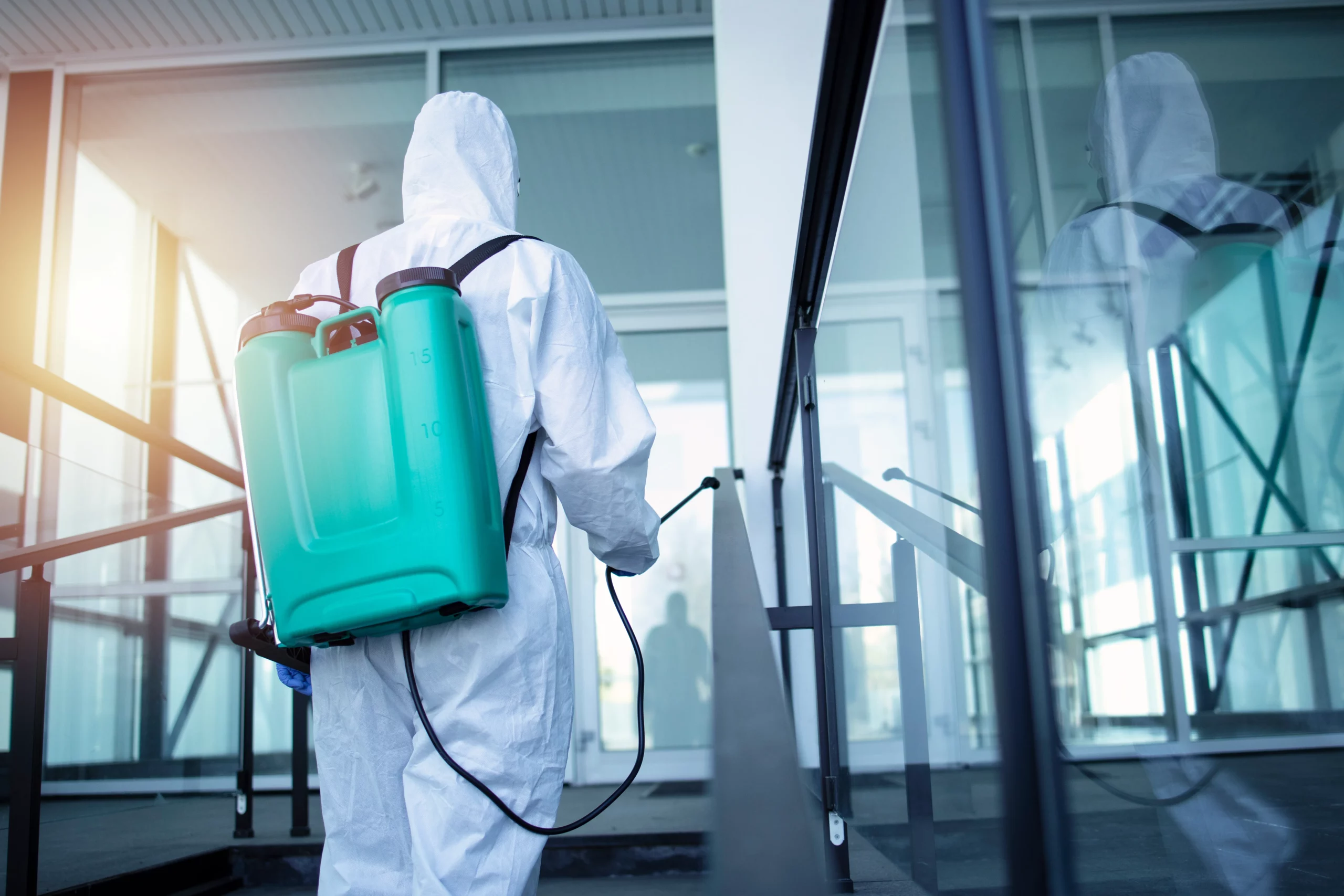
Disinfection Services
Experience peace of mind in a meticulously sanitized environment with our specialized disinfection services.
Secure Your Home & Offices
- Pre-Construction Termite Proofing
- Post-Construction Termite Treatment
- Fumigation Services
- Disinfection Services
Use the skilled termite and pest control services provided by Dynamic Group to protect your residences and workplaces. With our tried-and-true services, you can make sure that your places are safe from trespassers. Put your trust in Dynamic Group for dependable and efficient pest control! We provide services with best termite proofing methods.

Professional Services
Enhance your protection with our expert termite fumigation and proofing services. Ensure a termite-free environment effortlessly. Our skilled team provides comprehensive solutions, fortifying your space against termite threats. Trust us for lasting peace of mind and a resilient defense against termites. Elevate the level of security your property deserves with our specialized termite protection.
- ISO Certified
- 24/7 Support
- All Over Pakistan
- 35+ Years Experience
We are here to serve you
Why Choice Us
For the best termite proofing and fumigation services, pick Dynamic Group. Our top priorities are your trust and eco-friendly solutions with assured outcomes!
1
Expertise and Experience
With Dynamic Group's superior termite proofing and fumigation services, you may increase your level of protection. Securing spaces with quality since 1985!
2
Customized Solutions
Learn about the specialized termite proofing and fumigation services offered by Dynamic Group. Pests, bid them farewell with confidence!
3
Environmentally Friendly Approach
Find environmentally friendly insect control! For a healthy environment, we place a high priority on using green methods in our termite proofing and fumigation services.
4
Cutting-Edge Technology
With our innovative technology, enjoy unmatched termite control. For long-lasting relief, learn about efficient termite proofing and fumigation services.
5
Transparent Communication
With our termite proofing and fumigation services, which are supported by open communication for your pleasure, you may feel at ease.
6
Guaranteed Results
With our Guaranteed Results feature for termite proofing and fumigation services, you can feel peace of mind. Reliable and efficient defense.
Our Services
Protecting you From Pest
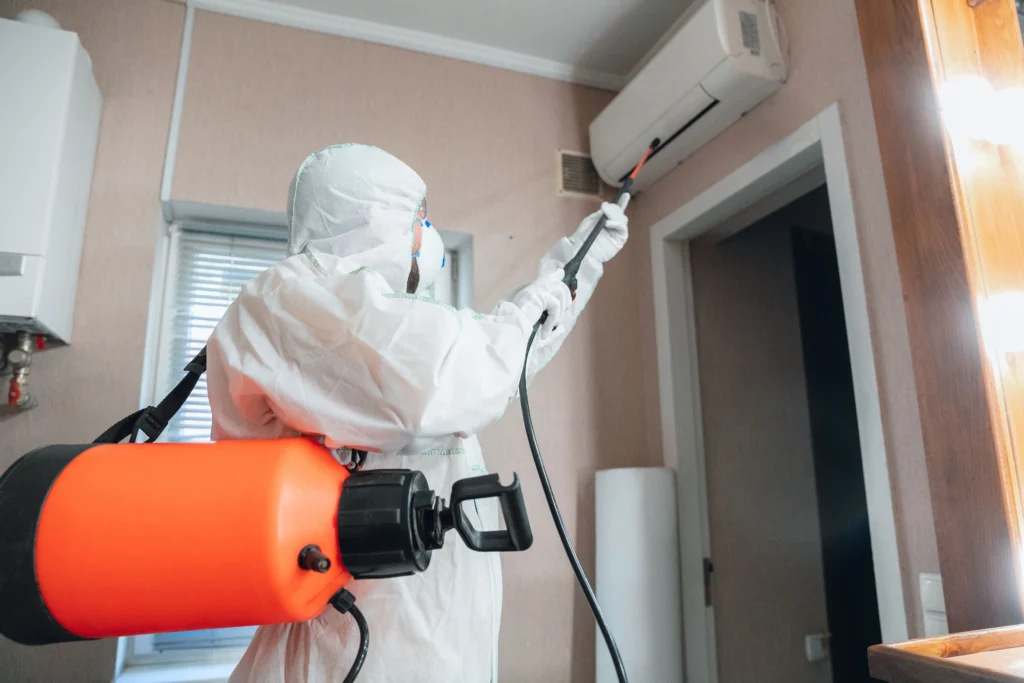
Indoor Protection
Indoor termite control services for homes and offices, ensuring a pest-free environment. Trust us!
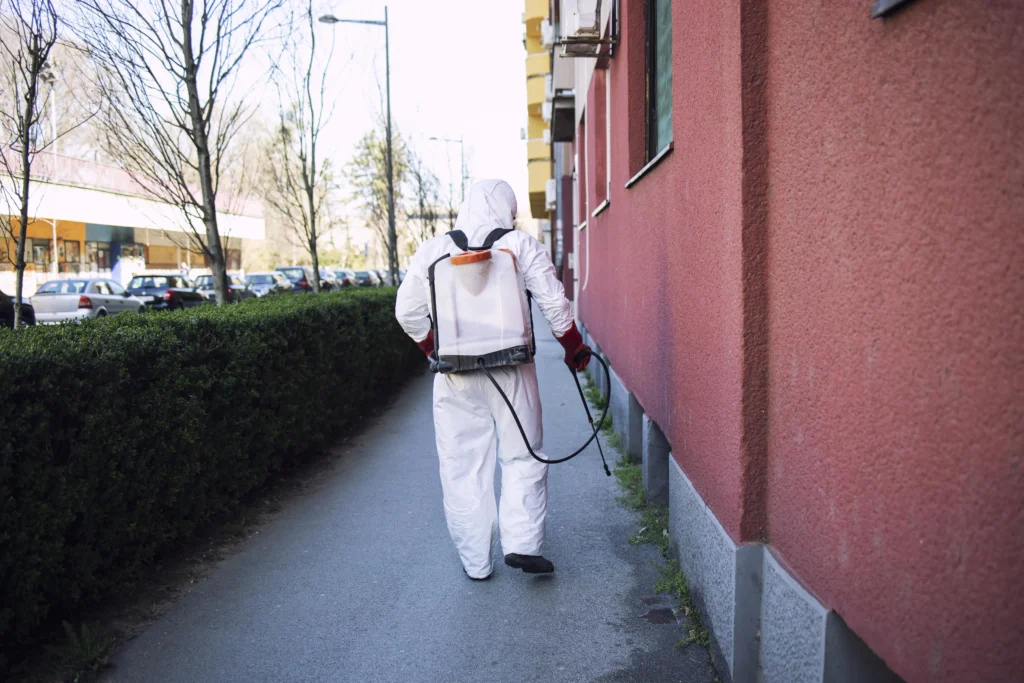
Outdoor Protection
We shield your surroundings from pest control services, providing effective and lasting protection for a pest-free outdoor environment.

Warehouse Protection
Our services fortify storage spaces, ensuring effective protection against pests.
What They Says For Our Services
Find out why customers adore our offerings! They get our different services like termite control services and fumigation services like fumigation of bed bugs, pesticide control services, if you are searching best pest control services near me or pest control company then we are here who provide termite treatment in pakistan and other services.




